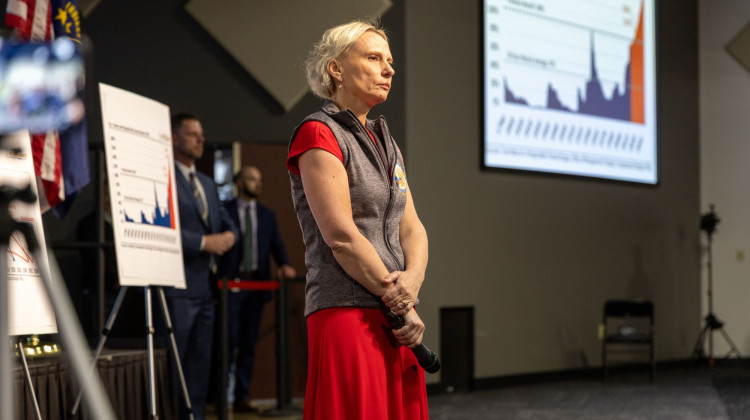It’s probably little consolation to Hoosier families living in poverty, but low-income residents get more for their money here than in some other states, according to the U.S. Census Bureau’s supplemental poverty measure.
The Census report, released Wednesday, goes beyond the official measure of poverty by including factors like government assistance, tax credits, necessary expenses – like taxes, childcare or medical bills – and housing costs. The official poverty measure is based solely on cash income.
Indiana is one of 28 states where the unofficial supplemental rate is lower than the official poverty rate. From 2010 - 2012 the official poverty rate in Indiana averaged 15.8 percent. The supplemental rate was 14.2 percent over the same time period.
That means the number of Hoosiers considered to be living in poverty drops from just over 1 million to around 900,000, when using the supplemental rates.
In 13 states, plus the District of Columbia, the supplemental rates were higher than the official rates. Nine states remained even. Nationwide, the supplemental rate was nearly 1 percent higher than the official poverty rate.
 DONATE
DONATE







 Support WFYI. We can't do it without you.
Support WFYI. We can't do it without you.